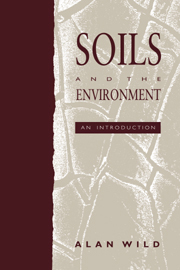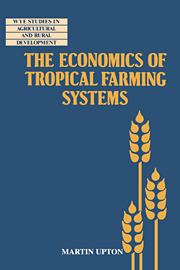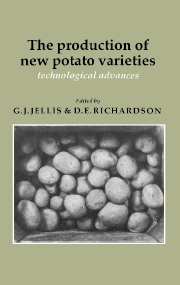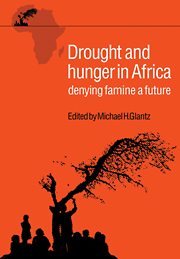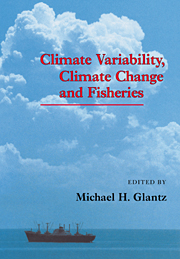Drought Follows the Plow
People around the globe are becoming increasingly aware that our use of the land has an effect on the environment in which we live. Global warming is seen as a major threat to the well-being of the world's communities. Fear abounds, but does anyone really know what is going on? Will human activity make things worse? In this 1994 book, the author examines the relationship between society and climate change. With contributions from colleagues in the worst hit areas of the world, the author shows how some patterns of land use can make the problems worse; increasing the risk of droughts and associated food shortages. This book will help scientists and researchers assess our impact on the planet and consider our ability to respond to the consequences of future environmental change.
- Popular science title on the environment
- Affordable and attractive presentation
- A stimulating read for policy makers, the general public and scientists alike
- Author a well known authority on the subject
Reviews & endorsements
'Anyone concerned with the careful management of our planet, not least policy makers, could read this book with profit and should keep in mind that global warming may impose additional stress on these fragile areas in the future.' The Naturalist
'Each study raises questions about the way we look at, prepare for and respond to contemporary droughts, and how we might respond to droughts in the future.' Geographical Abstracts: Human Geography
'This is a very interesting book which looks at an old problem from a fresh perpective ... this is a useful addition to the collection and well worth reading.' TEG News
Product details
October 1994Hardback
9780521442527
216 pages
229 × 152 × 16 mm
0.49kg
37 b/w illus.
Available
Table of Contents
- Preface
- List of contributors
- Introduction Michael H. Glantz
- Part I. Drought, Desertification and Food Production:
- 1. Drought Michael H. Glantz
- 2. Desertification Michael H. Glantz
- 3. Food production: role of marginal lands Michael H. Glantz
- 4. Cultivating the dry margins Michael H. Glantz
- Part II. Case Studies and Conclusions:
- 5. The West African Sahel Michael H. Glantz
- 6. Somalia Jörg Janzen
- 7. The Brazilian Nordeste (Northeast) Antonio Magalhães and Pennie Magee
- 8. The dry regions of Kenya David Campbell
- 9. Australia R. Les Heathcote
- 10. Ethiopia James McCann
- 11. Northwest Africa Will Swearingen
- 12. The Virgin Lands scheme in the former Soviet Union Igor Zonn, Michael H. Glantz and Alvin Rubinstein
- 13. South Africa Coleen Vogel
- 14. Is the stork outrunning the plow? Michael H. Glantz
- Notes
- Index.



